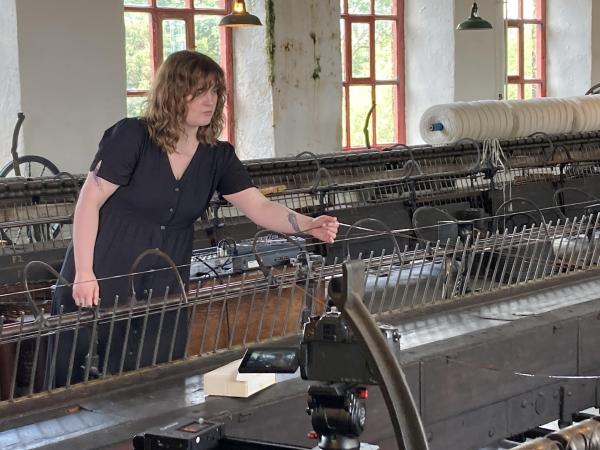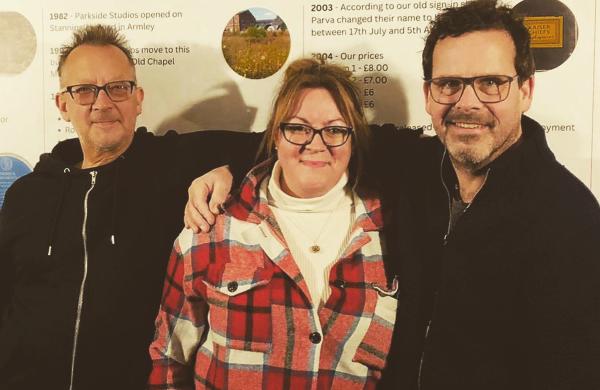Blog: The Eulogy Book
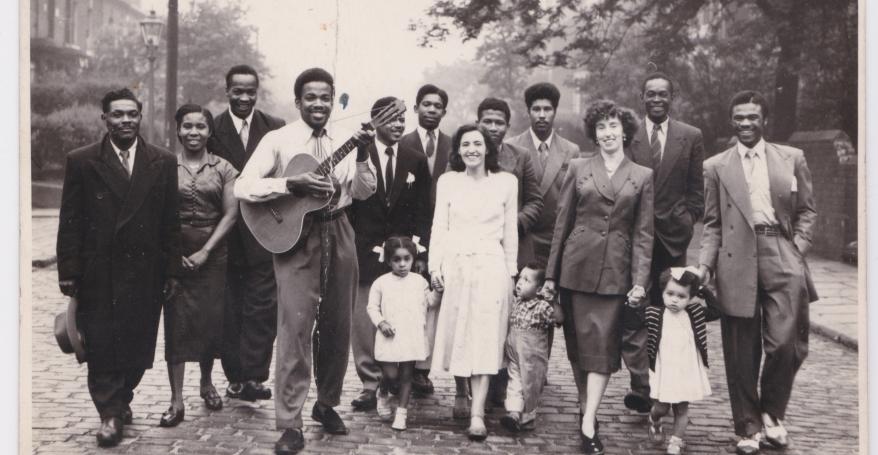
In 2019, Jamaica Society Leeds Eulogy Project, celebrated the lives and journeys of first generation Jamaicans who settled in Leeds during the 1940s to 60s, including those who pre-date Windrush. The families of 76 Jamaicans shared photographs, keepsakes and memories of their loved ones. The collection resulted in the Eulogy Exhibition at Leeds Central Library curated by Susan Pitter. Telling human stories for all humans, poignant and uplifting, it became the most popular exhibition in the library’s history. Eulogy captures the stunning images that tell the story of a generation, their legacy and Leeds. Included in the accompanying Eulogy book's themes are:
Family Legacy

The legacy of first generation Jamaicans of Leeds featured in the book, extends far beyond the heartache, struggles and racism they faced in the search for better lives. It lies not only in their individual contributions and achievements. It’s in the memories of those they left behind. Paul Floyd Blake’s contemporary portraits were taken in the same Chapeltown studio (now East Street Arts’ Union 105 space) once used by Gerald Donne, the Leeds photographer responsible for so many of the portraits that first generation Jamaicans and other newly arrived West Indians had taken to send home to family. Featuring a keepsake or reflecting an aspect of the lives of their first generation loved ones, the portraits of children to great-great grandchildren, together with their own poignant memories and reflections on how their relatives would want to be remembered, tell a story of enduring legacy.
Image: Warren Bloomfield’s contemporary portrait by Paul Floyd Blake sat alongside his late father’s Daniel Warrenton Bloomfield in the Eulogy book’s Family Legacy Portraits.
Activism
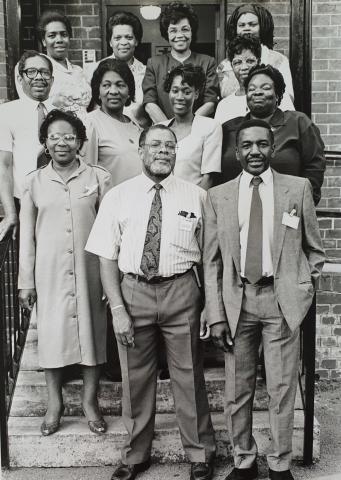
In 1948, Jamaican ex RAF servicemen in Leeds set up the Caribbean Cricket Club - the city’s first black-led organisation.
By the early 50’s Jamaican men and women were addressing the needs of the city’s growing West Indian community with whom they stood at the forefront of the struggle for equality and equity in housing, employment, education and lobbying for anti-discrimination legislation.
Pioneers by definition, they were instrumental in establishing ground-breaking organisations and campaigns that paved the way for activism in Leeds today.
Image: Jamaica Society Leeds members and community workers circa early 1990s.
Britain Called, Jamaica Answered

In World War l, Britain relaxed a colour bar to recruit around 15,600 Caribbean men, mainly Jamaicans, to join the British West Indies Regiment who fought in major offences including the Battle of the Somme. When Britain needed their help in WW2, again the colour bar was lifted, again around 10,000 West Indians answered the call. By early 1945 there were over 3,700 Jamaicans in the RAF. After the war, some returned to Jamaica, some settled in cities including Leeds. Around a third of Windrush passengers in 1948 were ex servicemen and women. No longer in the RAF, their search for work and shelter was met with hostility and prejudice. Little did they know that their perseverance would result in the beginnings of the Caribbean population in Leeds.
Image: Hubert ‘Glen’ Glendore English MBE (1926 –2018). The 17-year-old claimed he was 18 so he could join the RAF in 1944.He would become a draughtsman and a leading Leeds activist.
Blood, Sweat and Tears - The Quest for Work
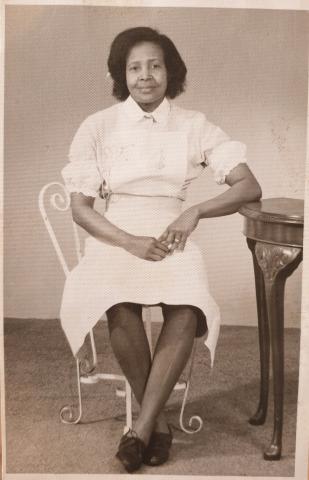
After WW2, the government advertised in the Caribbean to recruit West Indians to fill Britain’s post-war labour shortage in the NHS, transport and other sectors. By the 50s and 60s, over 160,000 Jamaicans arrived in Britain in search of jobs - predominantly work that British people were unwilling to do. Though jobs were plentiful in engineering, textiles, hospitals, and transport, they endured appalling prejudice and treatment. By the early 70s, legislation designed to limit immigration to Britain had reduced West Indian arrivals. Some jobs were short lived. Some lasted until retirement enabling them to support families in Jamaica and Leeds. The industries, sectors and organisations Jamaicans worked in continue to touch our lives. Without them Leeds would not be the city it is today.
Image: Lucilda Wynter trained as a nurse in 1966,working as a neo natal nurse at Seacroft Hospital and Leeds General Infirmary. She retired in 1983. Photo: Gerald Donne
Strength, Comfort and Safety in Numbers

Shared rooms and houses brought Jamaicans together by default. At a time when socialising or holding celebratory events in public venues was unaffordable, unwelcome or dangerous, gathering together was an escape from everyday discrimination and punishing shifts, a chance to catch up on news from Jamaica, to share familiar food, music and to reminisce. The cherished front rooms of Jamaican homes across Leeds were the locations for wedding receptions, christening parties, paying respects, and entertaining. Caribbean Cricket Club matches were more than just cricket. Along with picnics in Potternewton Park, they were the only real family friendly activities open to West Indian communities. At home, or venturing out together, in celebration or sombre times, there was strength, safety and comfort in numbers.
Eulogy, written and edited by Susan Pitter with design by Lee Goater, is available from Colours May Vary and from Petals & Stitches, 233 Chapletown Road, LS7 3DX
Lead image: early members of the Caribbean Cricket Club formed by Jamaican ex RAF servicemen in 1948, gather in Hyde Park, Leeds with their families en route to a cricket match c. 1953. Back row (L–R): Errol James, Bill Campbell, Warren Lawson. First row from back: Vince Stewart, Mr Morant (partly hidden), Mac McCarthy. Second row from back: Unidentified couple, Cynthia Lawson, Mary Lawson, Howard Gardner, Margaret Thomas, Barbara Thomas, Astley Thomas. Front, on guitar, Alford Gardner. Photo: Yorkshire Press

